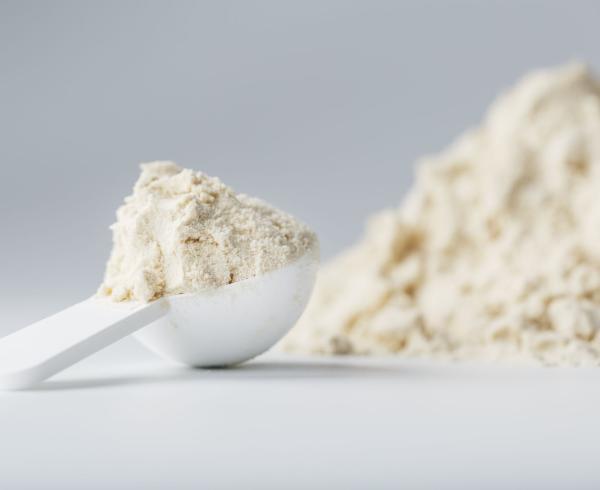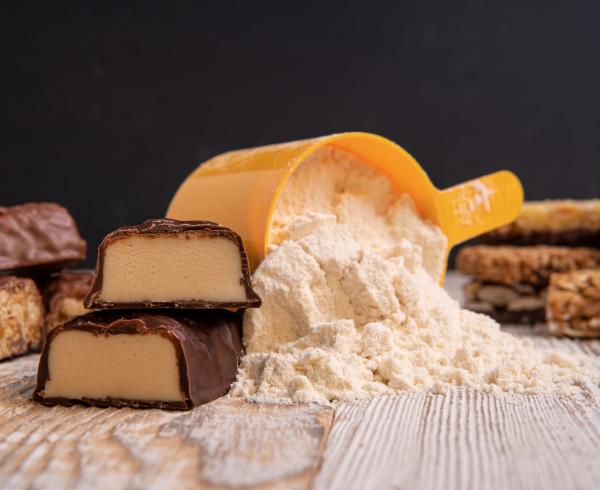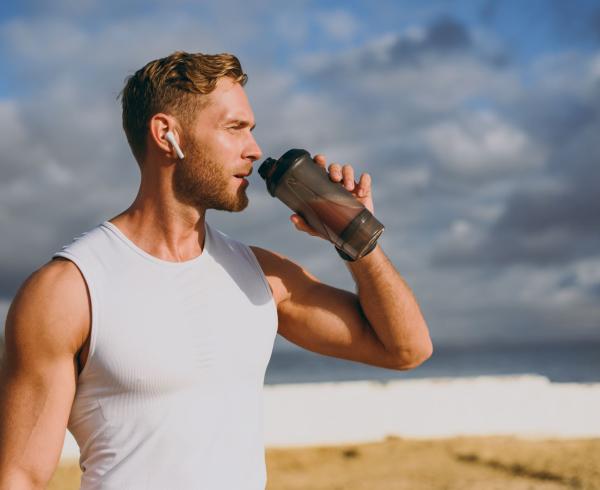
The Power of Protein
Protein Hub
This resource hub serves as an ultimate guide to help you understand various aspects of protein, including what it is, how it functions, the difference in quality among sources, and how scientifically backed benefits assist you in achieving your health and fitness goals. Be empowered to make informed decisions about your protein choices.
Highlights
- Protein is an essential part of every diet.
- Protein benefits include immune support, muscle support, weight management, and energy support.
- Taking a closer look at protein's structure allows for better understanding of its benefits
- Protein intake needs depend on factors that include age and activity level
Unpacking Protein
As the consumer trend in protein-fortified products continues to grow throughout Asia, those in the food and beverage space must ensure they have a good understanding of protein and why it’s so important. Here are the basics of protein that brands and manufacturers need to know.
A protein is a macromolecule consisting of a long chain of amino acids held together by peptide bonds. The chains can vary in length from two amino acids (a dipeptide) to thousands of amino acids.
Nutritional Value of Protein
The nutritional benefits of protein are essential at every life stage but are most crucial when the body is in a growth phase, such as during childhood, the teen years, pregnancy, or breastfeeding.
Like fats and carbohydrates, protein also provides energy, but this is not the prime function of protein. One gram of protein provides four kilocalories.
The Multifaceted Health Benefits of Protein
The numerous and far-reaching health and nutritional benefits of protein make adequate intake crucial to overall health and to specific functions important to today’s consumers, such as immunity, muscle support, and weight management.
- Helps maintain proper fluid balance1,2
- Supports immune health3, 4
- Helps to transport and store nutrients5,6,7,8,9
- Provides energy10
- May help maintain bone integrity11,12,13
- May contribute to strength and muscle mass14,15
- May boost metabolism and increases fat burning16,17,18
- Supports building and repairing of tissue19,20,21,22,23,24
- May act as chemical messengers that aid communication between cells, tissues and organs (e.g., hormones and growth factors)25,26
- Helps maintain proper pH of the body27,28
- Supports weight loss29,30,31
- May aid recovery32,33
- Supports muscle repair after exercise34,35
The Mechanisms of Protein in the Body
After ingestion, proteins are first denatured by the acid in the stomach before passing into the small intestine. Here, a variety of proteolytic enzymes break apart (hydrolyze) the peptide bonds, freeing the amino acids. Then, the free amino acids are either secreted into the bloodstream or are further metabolized within the gut.
Types of Amino Acids
The health and functional benefits of protein come primarily from the amino acids, which the body uses to build the specific peptides and proteins it needs.
Categorizing Amino Acids
Complete and Incomplete Protein
Proteins are categorized as “complete” or “incomplete” based on the presence and proportion of EAA they contain.
Animal proteins, such as those in dairy, eggs, meat, and fish, are considered to be complete proteins because they contain all nine EAA in the ratio required by the human body.
9 Essential Amino Acids (EAAs)
Incomplete proteins lack or are low in one or more EAA. When consumed, incomplete proteins cannot be fully utilized by the body because the missing or short supply amino acid becomes a limiting factor. The proteins in most plant foods, including nuts, seeds, green peas, lentils, and most grains, are incomplete proteins.
However, foods with incomplete proteins can be consumed in combination with foods that contain the missing amino acids to provide all the essential amino acids. One example of combining complementary proteins is consuming beans and milk.
How Much Protein Is Enough?
While individual protein intake requirements vary based on factors like age, health, and activity level, a recommended dietary allowance (RDA) is set to prevent protein deficiency.
Source: J Int Soc Sports Nutr. (2017) 14:20. 10.1186/s12970-017-0177-8
Your Trusted Protein Ingredient Supplier
Providing consumers with the protein boost they seek through beverages, snacks, and more becomes simple when you partner with the right protein ingredient supplier. Advance your brand with Glanbia Nutritionals’ science-backed protein solutions.
Connect with us to explore how our expertise can strengthen your product offerings and market positioning. Let’s innovate together.




